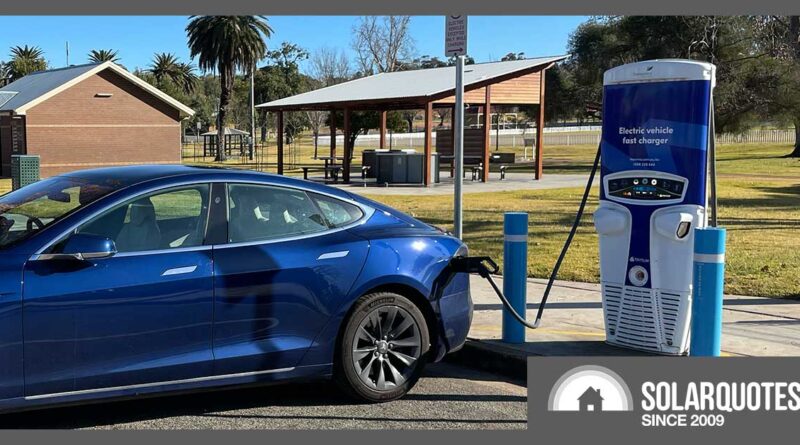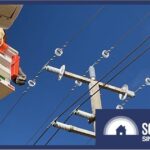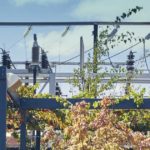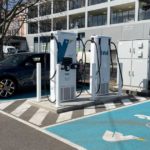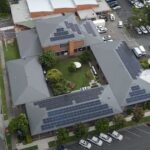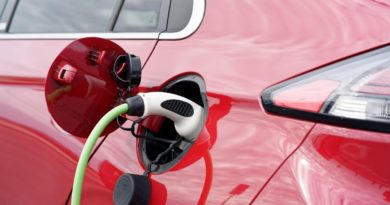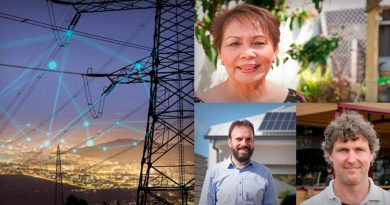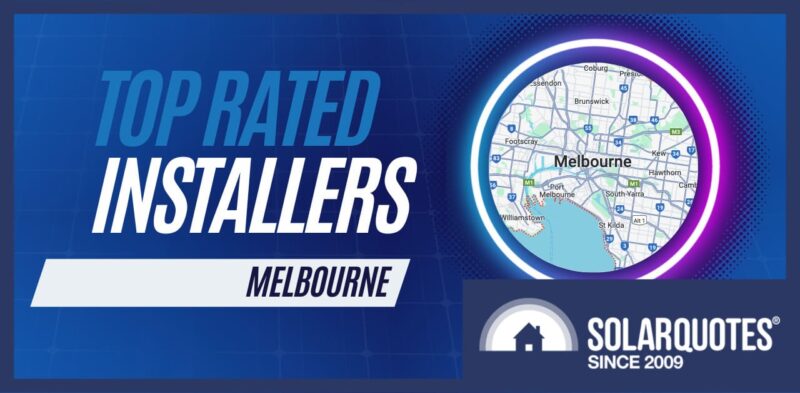EV Council Slams SA’s Proposed Charging Tariff as Australia’s Worst
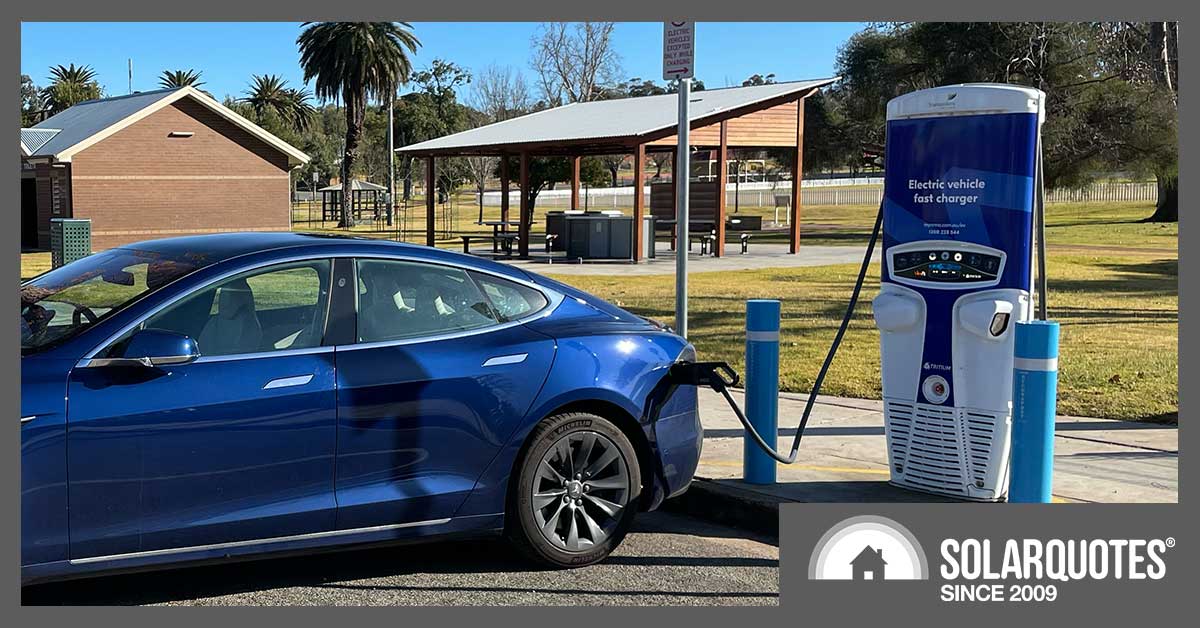
The Electric Vehicle Council (EVC) is once again opposing a distributed network service provider’s tariff plans on the basis that it discourages high-power EV charging.
Back in May, the EVC took exception to Ausgrid’s 2024-2029 regulatory proposal. This time, it’s taking aim at SA’s local electricity network, SA Power Networks (SAPN).
In its submission to SAPN (PDF), the Electric Vehicle Council frets explicitly about the future of higher-power business connections:
“The draft proposal from SAPN identifies in section 6.2.3 of Part B that the status quo, whereby all business connections >120kVA attract demand or capacity charges, will remain in place.”
The council said this represents “the least supportive tariff arrangements in the country for high power public EV charging”.
If the EV Council’s analysis is correct, the different tariffs it analyses would impose these charges for a 500kVA charging location (that is, four charging bays delivering 100MWh per annum):
- SAPN (South Australia): around $14,000 in capacity charges; around $12,700 for energy use;
- Powercor (Victoria): no kVA-based charges; around $11,000 for energy use;
- Essential Energy (New South Wales): no kVA-based charges; around $13,000 for energy use;
- Western Power (Western Australia): no kVA-based charges; around $12,000 for energy use.
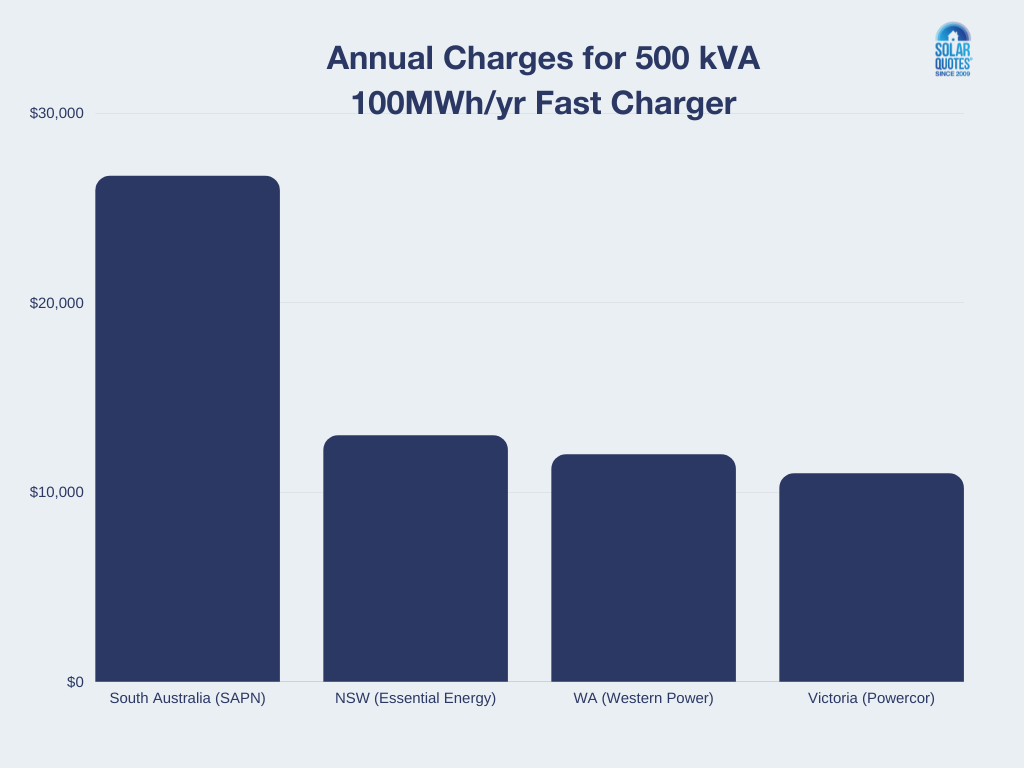
The EV Council’s point is that in other jurisdictions, all small business customers – not just EV chargers – can opt out of the kVA component, and that this should exist for South Australia too.
The council suggests SAPN “align with the rest of the country on a volumetric level of 160kVA, and let business customers opt out of volumetric charges below that.” The EVC noted consumers have this option if they’re above 120kVA but consuming less than 160MWh per annum; and only 446 such consumers exist.
Home EV Charging: Tariffs And V2G
The EV Council submission also pushed back against SAPN’s proposal to spend $15 million preparing its network to apply orchestration to home EV chargers – in other words, to give the network some control over when people use the devices.
The council said it believes this would cost more than SAPN could hope to recover from the measure, and that the network should instead concentrate on incentives rather than automation:
“The economically sensible move is to encourage well behaved charging with appropriate pricing structures, educate the consumers, and leave them in control.”
EVC also believes that SAPN should consider time-of-use tariffs not only for electricity consumption, but for feed-in tariffs as well, where, the submission said, the customer can vary the time at which they export because they have vehicle-to-grid (V2G) capability (or a stationary battery).
The Electric Vehicle Council’s submission said to encourage V2G participation, the tariff structure should “offer the high feed-in tariff to the network between 5pm and 9pm, without linking it to a significant penalty for consumption from the grid during those hours.”
Original Source: https://www.solarquotes.com.au/blog/ev-council-sapn-charging/

